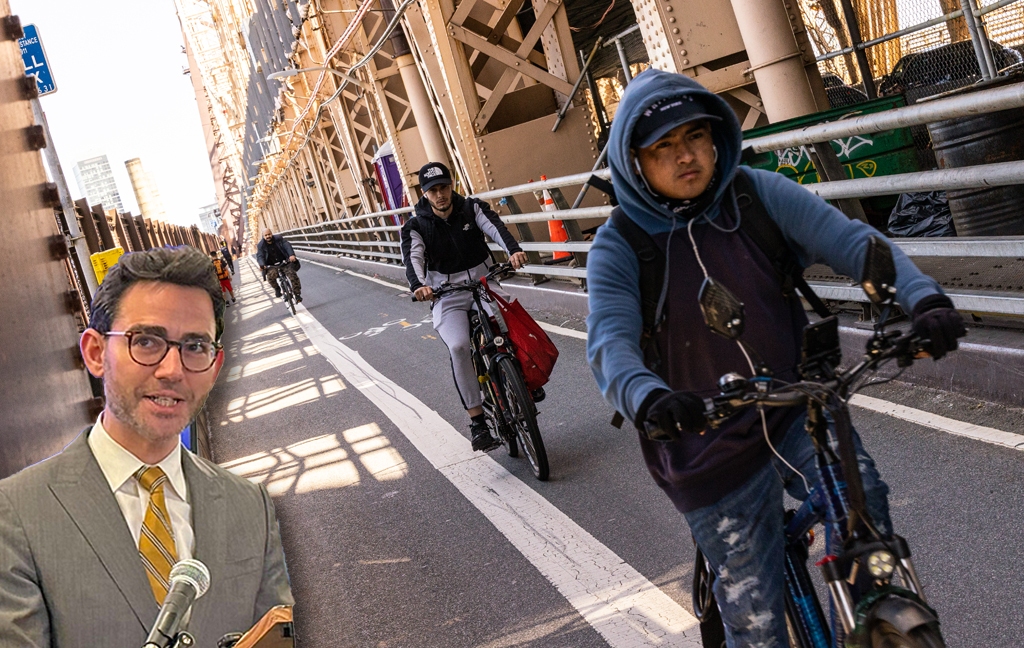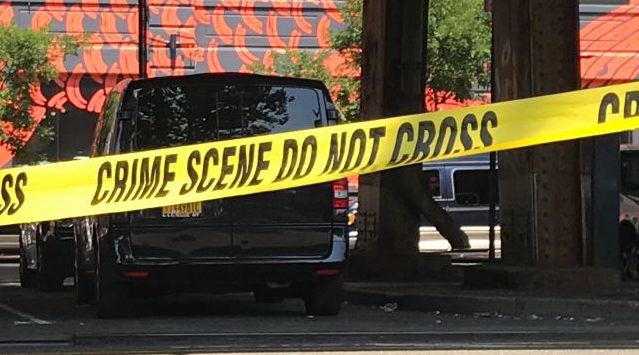Here is part four of Mark Gorton's essay, "Smart Para-Transit: A New Vision for Urban Transportation."

The Smart Para-Transit system I have described would be
capable of replacing many of the automobile trips in the New York area. However, by itself, it would be insufficient
to completely replace the need to own a car for many New Yorkers. If Smart Para-Transit were paired with a car
sharing program, most all driving scenarios would be covered, and this system
would eliminate the need for car ownership for all but the most driving-intense
New Yorkers. Zipcar is an example of a private
car sharing service.
The interface between the car sharing system and the
customer would be the same as with the Smart Para-Transit system. The user would simply go to a website or a
cell phone and enter what sort of vehicle they would like and the length of
time they need the vehicle. The user
would then be told the location of a nearby vehicle that meets their
needs. A premium service that drops the
car at the customer’s door could even be provided at an extra cost.
For example, if a family wanted to travel up to the Finger
Lakes region for a week, Smart Para-Transit would be a very costly way to meet
their travel needs. But by taking an
available car from the car sharing pool, the family would have a vehicle that
met their needs for as long as they need it. Freight hauling vehicles could also be made available for sharing for
times when people need to move large objects.
Many New Yorkers own cars but only use them
infrequently. Yet these cars need to be
stored all the remaining time. As a
result, New York has an enormous parking shortage. Parked cars are not in use, yet they take up
precious public space. Chronic parking
shortages leads to cruising for parking which results in extra congestion,
pollution, noise, and increased danger for children and senior citizens. In addition, parked cars take up valuable
space that can be used for non-transportation purposes such as kids playing,
benches, flea markets, outdoor cafés, etc. Car sharing allows each car to be kept in service a much higher percentage
of the time, and as a result, fewer cars are necessary to serve the same number
of trips.
Fewer cars mean less demand
for parking, and a smarter use of scarce public space. By creating a system that makes more optimal
use of the vehicles in the system, New York would receive an enormous spatial
dividend that would allow a whole host of public activities to flourish.





